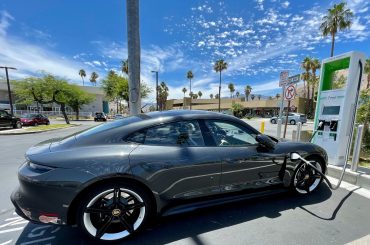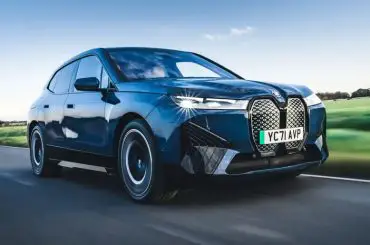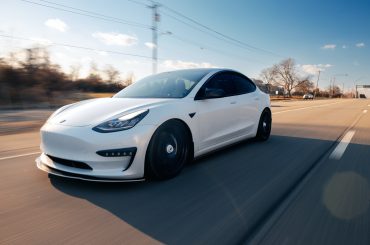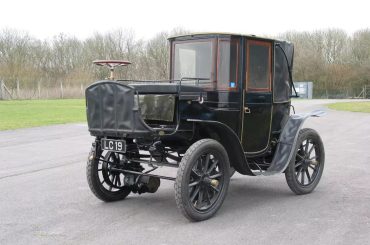Contents
Introduction
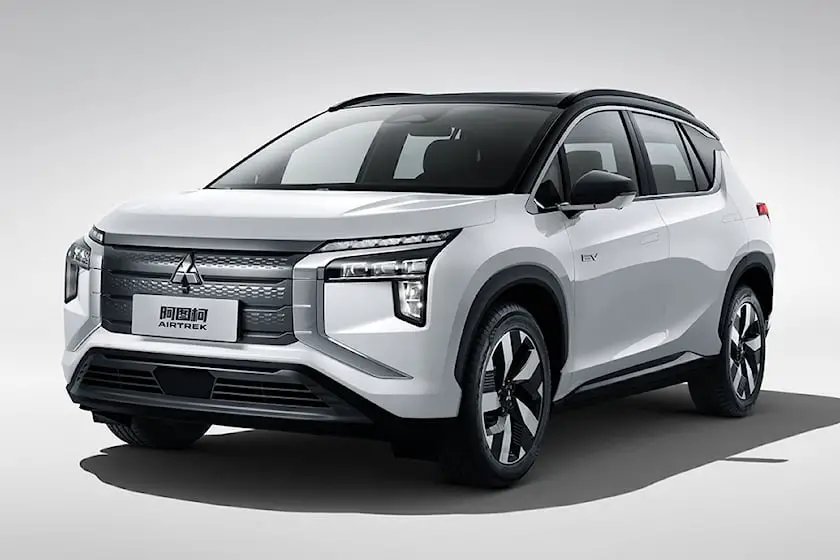
The automobile industry has evolved significantly over the last few years, and the popularity of hybrid vehicles has increased at an unprecedented rate. Mitsubishi Motors has been a key player in the development of hybrid vehicles, and the plug-in hybrid EV technology offered by the company is one of the most advanced in the market. In this article, we will discuss the plug-in hybrid EV technology offered by Mitsubishi Motors.
What is Plug-in Hybrid EV Technology?
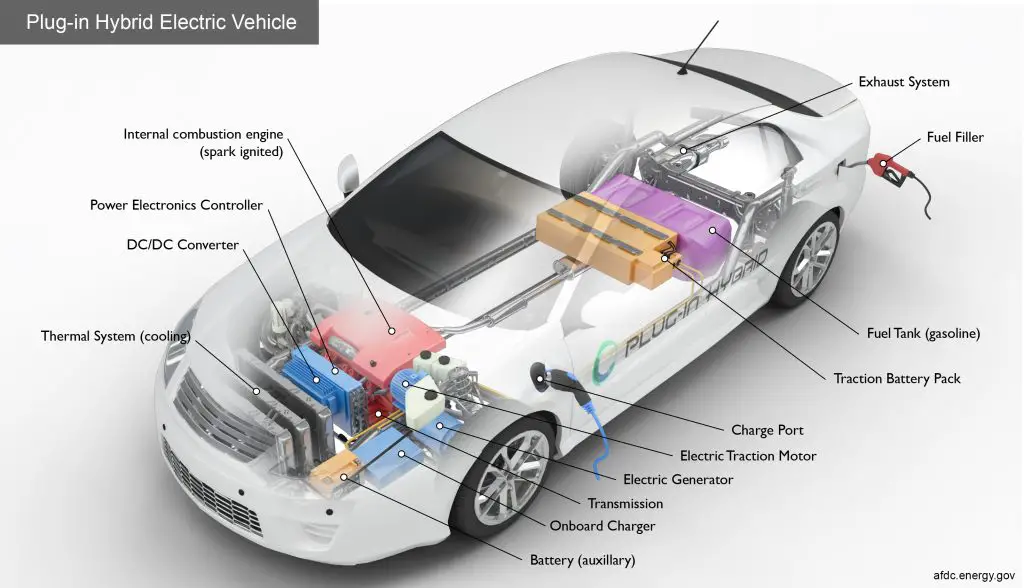
Plug-in Hybrid EV (PHEV) technology combines the advantages of both conventional hybrid vehicles and electric vehicles (EVs). PHEVs have a larger battery capacity than conventional hybrid vehicles, which enables them to travel longer distances on electric power alone. When the battery power is depleted, the gasoline engine takes over and acts as a generator to charge the battery. This means that PHEVs have the ability to travel long distances without the need for frequent recharging.
Mitsubishi Motors Plug-in Hybrid EV Technology
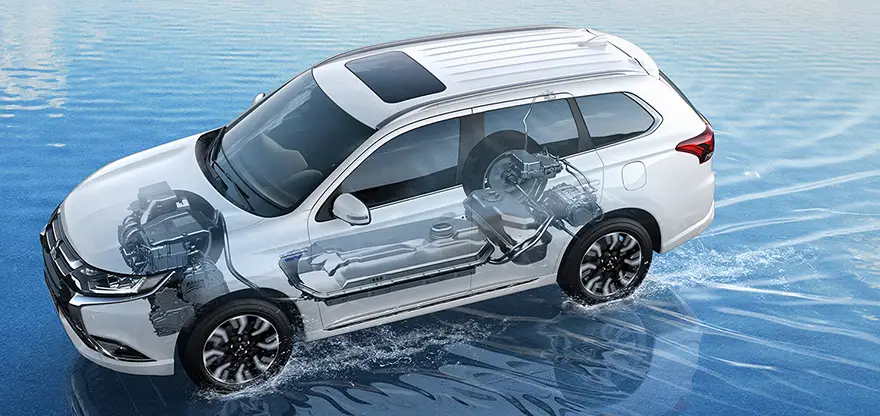
Mitsubishi Motors has been at the forefront of PHEV technology, and its flagship PHEV model is the Outlander PHEV. The Outlander PHEV is a midsize SUV that offers a balance of efficiency, performance, and technology. The following are some of the key features of Mitsubishi Motors’ PHEV technology.
- Twin Electric Motors
The Outlander PHEV is powered by two electric motors, one at the front and one at the rear. The electric motors work in tandem with a 2.4-liter gasoline engine, which acts as a generator to charge the battery when needed. The electric motors provide instantaneous torque, which enables the Outlander PHEV to accelerate quickly and smoothly.
- High Capacity Battery
The Outlander PHEV is equipped with a high-capacity 13.8 kWh lithium-ion battery, which provides a pure electric driving range of up to 24 miles. The battery can be recharged in as little as 25 minutes using a DC fast charger, and in approximately 8 hours using a standard 120-volt outlet.
- Regenerative Braking
The Outlander PHEV is equipped with regenerative braking, which captures kinetic energy that is normally lost during braking and converts it into electricity to recharge the battery. Regenerative braking helps to extend the electric driving range of the vehicle and improves overall efficiency.
- All-Wheel Drive
The Outlander PHEV features an all-wheel-drive system, which is powered by the electric motors. The all-wheel-drive system provides superior traction and stability, especially in slippery or challenging driving conditions.
- Smartphone Integration
The Outlander PHEV is equipped with Mitsubishi’s Smartphone Link Display Audio System, which enables drivers to connect their smartphones to the vehicle’s infotainment system. The system supports both Apple CarPlay and Android Auto, and allows drivers to access their favorite apps, music, and contacts while driving.
Advantages of Mitsubishi Motors PHEV Technology
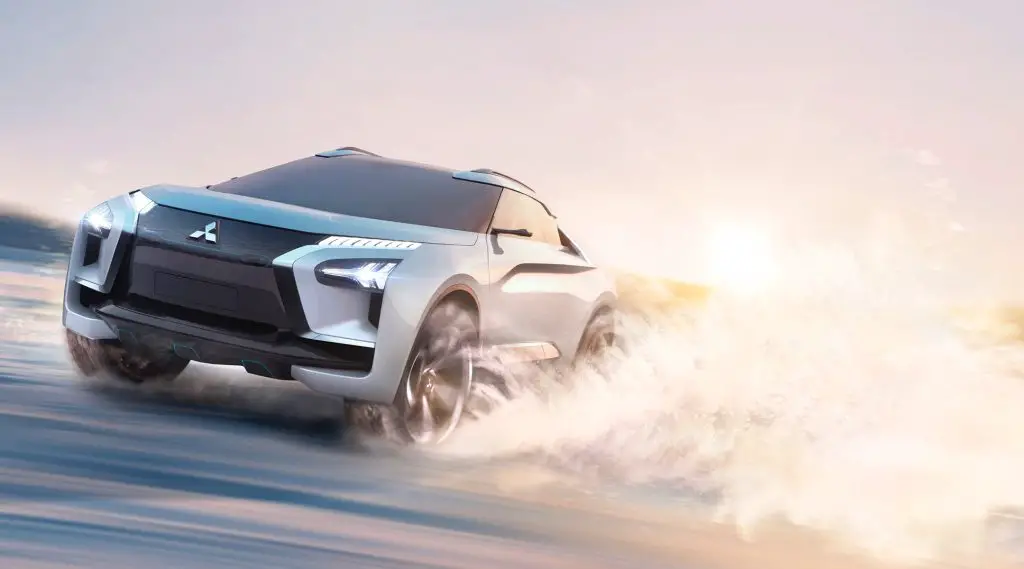
Mitsubishi Motors’ PHEV technology offers several advantages over conventional hybrid vehicles and EVs. Some of the key advantages are:
- Greater Efficiency
PHEVs offer greater efficiency than conventional hybrid vehicles and gasoline-powered vehicles. The electric motors provide instant torque, which enables the vehicle to accelerate quickly and smoothly. This results in improved fuel efficiency and reduced emissions.
- Longer Driving Range
PHEVs have a longer driving range than pure electric vehicles, which means that drivers can travel longer distances without the need for frequent recharging. This makes PHEVs a more practical choice for drivers who need to travel long distances regularly.
- Lower Cost
PHEVs are generally less expensive than pure electric vehicles, which makes them a more affordable option for many consumers. PHEVs also qualify for federal tax credits and state incentives, which can further reduce the cost of ownership.
- Environmentally Friendly
PHEVs are more environmentally friendly than conventional gasoline-powered vehicles because they produce fewer emissions. PHEVs produce significantly less CO2 emissions than gasoline-powered vehicles and emit zero emissions during pure electric driving.
- Convenience
PHEVs offer the convenience of both electric and gasoline power, which means that drivers can choose the best power source for their needs. The gasoline engine provides the range and flexibility of a conventional vehicle, while the electric motors provide the efficiency and environmental benefits of an EV.
Conclusion
Mitsubishi Motors has been a leader in the development of plug-in hybrid EV technology, and its Outlander PHEV model is one of the most advanced in the market. The technology offers several advantages over conventional hybrid vehicles and pure electric vehicles, including greater efficiency, longer driving range, lower cost, and environmental friendliness. With the increasing popularity of hybrid and electric vehicles, Mitsubishi Motors’ PHEV technology is poised to become even more popular in the years to come.


